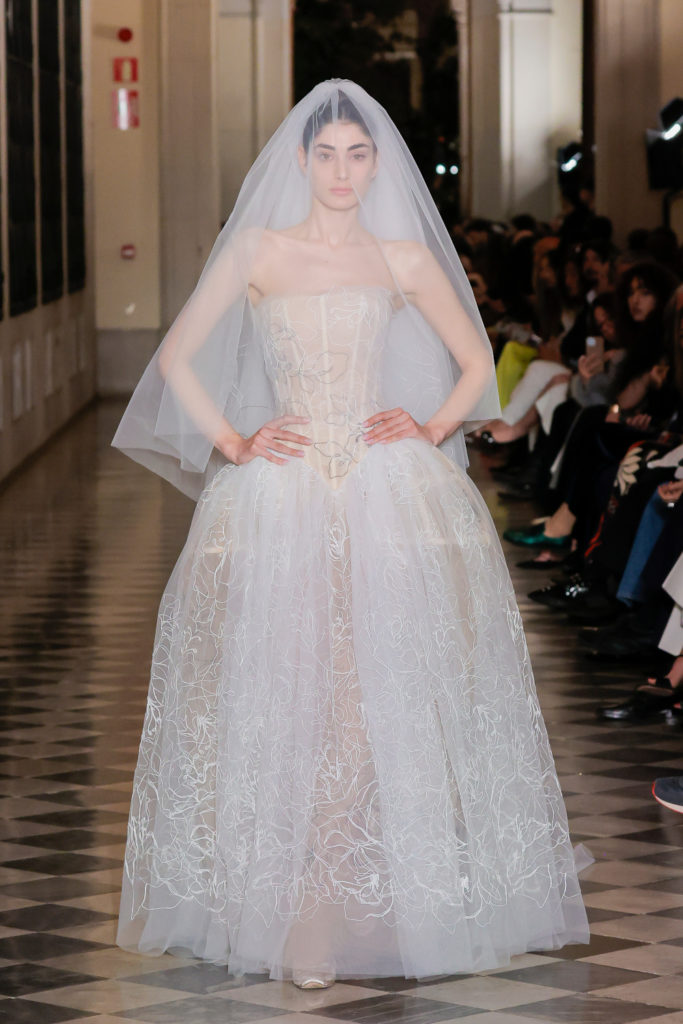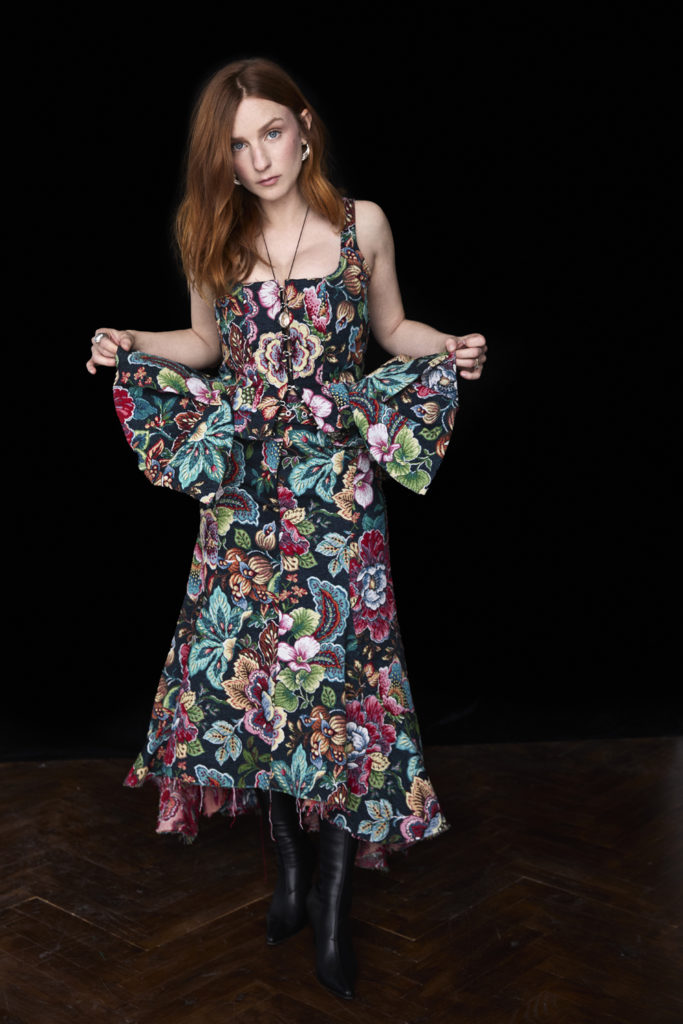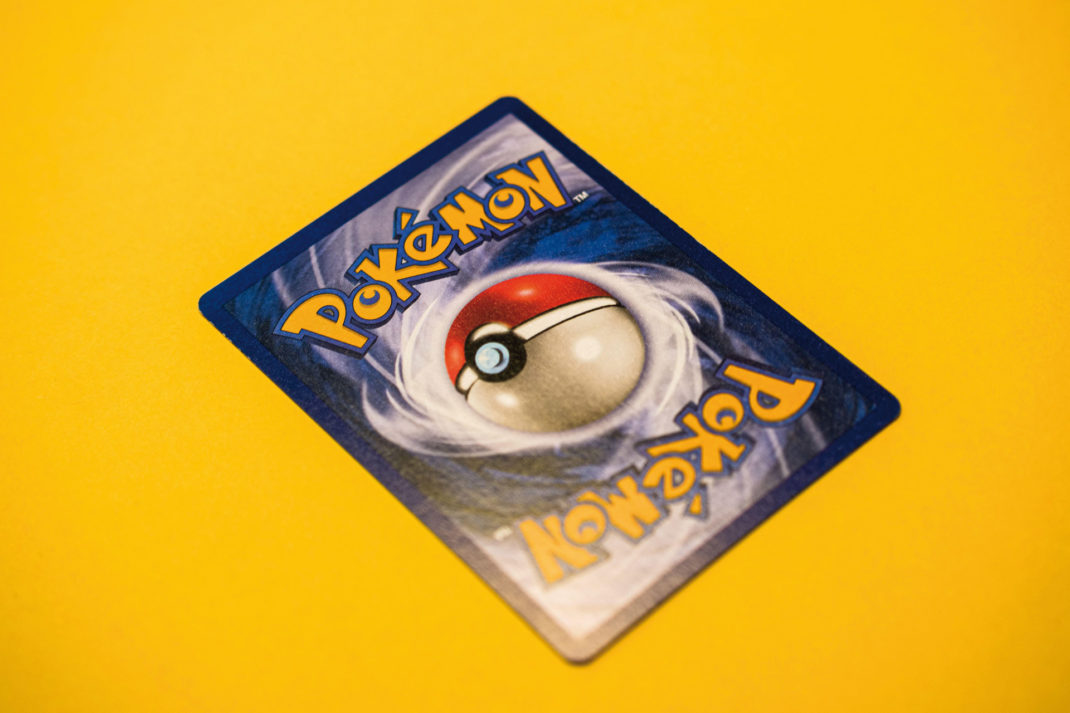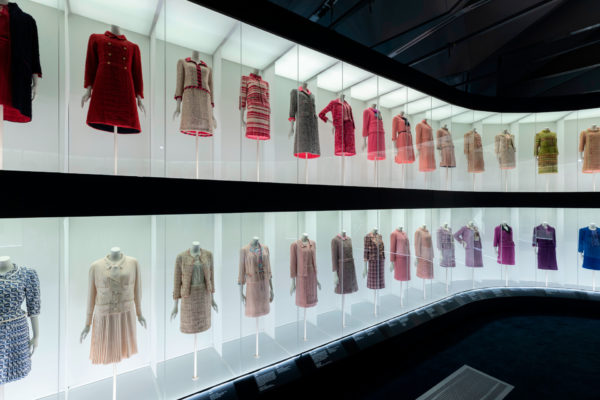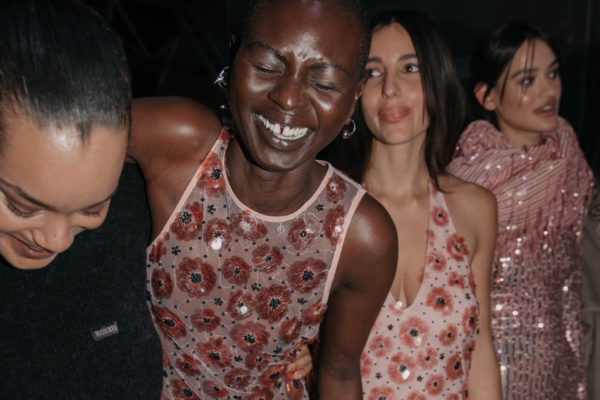Everything You Need To Know About The BIBA Exhibition At The Fashion & Textile Museum
By
1 year ago
The story of the lifestyle brand that has lasted its founder a lifetime
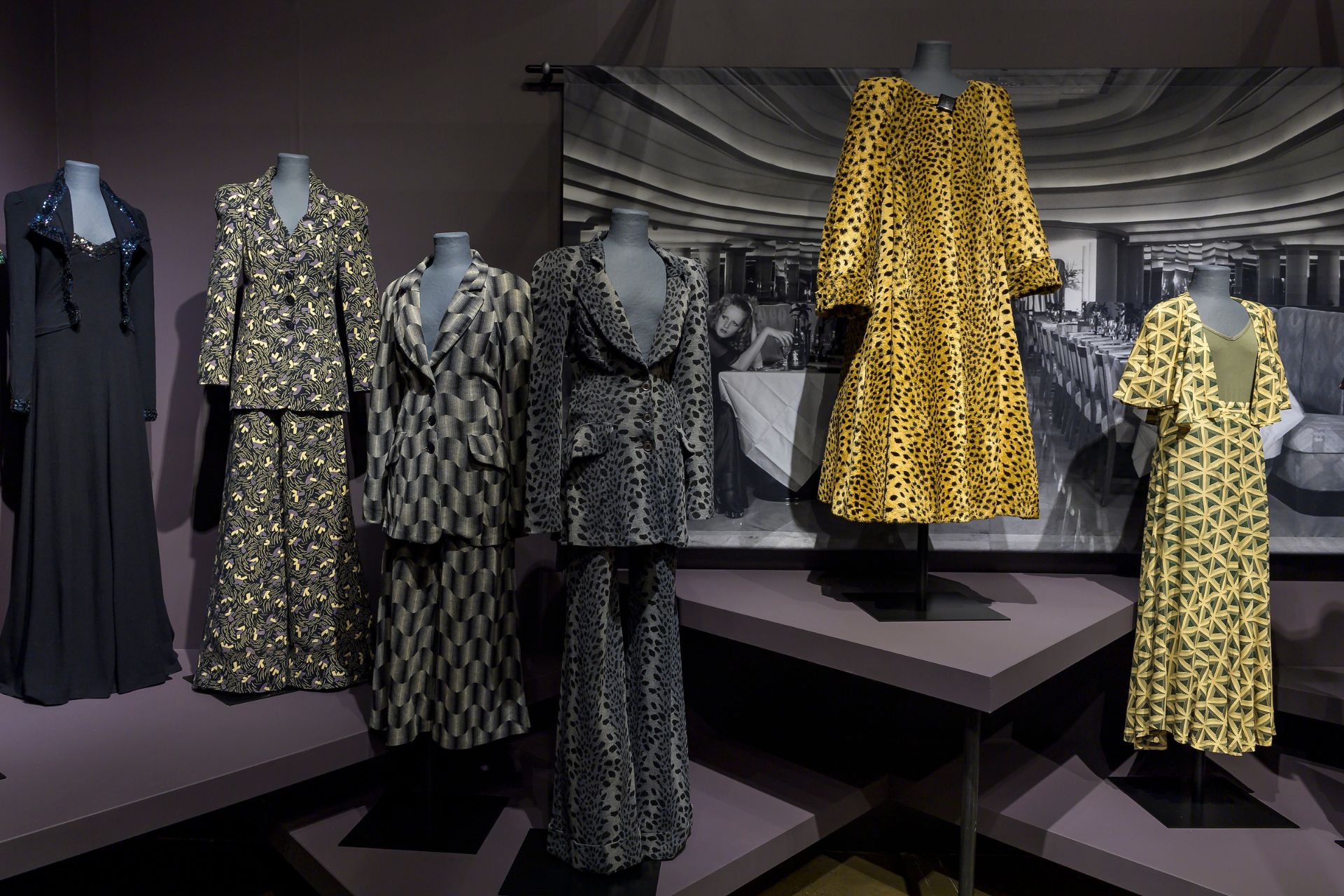
On the lookout for new fashion exhibitions? Wendyrosie Scott checks out the BIBA exhibition at the Fashion & Textile Museum in Bermondsey.
Exhibition Review: The BIBA Story, 1964-1975
Picture rich dark colours, sensuous materials and decadent opulence, yet with a sharp street style at an affordable price and outfits which set the swinging sixties alight. Likely the brand BIBA will come to mind: then and now. Its iconic fashionista and founder Barbara Hulanicki remains creatively prodigious, as shown in the only London exhibition to look at the brand’s history. The BIBA Story, 1964-1975 tracks its ascent as a fashion brand, which began by selling a simple shift dress in pink gingham (you’ll spot replica is on display) and utilised a unique approach to selling clothing via post – which developed, relatively quickly, into an emporium spanning seven floors. The flamboyant art deco space in Kensington was where all the young dudes and musical hipsters were keen to be seen, including the Stones and the Beatles. Cor Blimey, Governor.
View this post on Instagram
In conjunction with husband Stephen Fitz-Simon, Barbara Hulanicki set about creating the brand’s first ever lifestyle concept, selling a range of in-house branded products after the roaring success of their premier small boutique in 1964; by 1973, it had become Big BIBA, which was noted for its holistic approach to design, with ostentatious yet affordable offerings and a unique one-stop-shop approach. Whether you wanted tea with live flamingos (yes, really), kids’ products, makeup for all skin colours or cutting-edge clothes curated amid ornate antique furniture, feather boas and chandeliers, the effete style became symbolic of the brand, and the forerunner to shabby chic. Textiles (including Liberty print), wallpapers and an amazing Rainbow Room restaurant were all part of the empire for those lucky enough to experience it.
The exhibition may seem modest compared to the larger and often heavily sponsored shows elsewhere, but it’s nevertheless an enticing slice of the brand which continues to command a buzz. Equally, the F&T Museum frequently stages shows by those with edge. Authentic and bold, the outfits in the exhibition, including a boxy leopard print faux fur coat and an eye-catching emerald green velvet mac, are among the many I want pieces worthy of admiration. Bishop-sleeved evening wear and Art Deco/Nouveau inspired prints add to the delectably vampish designs. Some of the store contents over this period are on display, including illustrations of the absolutely fabulous photos of Sara Moon, alongside film and food (cans), with decidedly dodgy contents in some cans. (Not just because they’re old – turtle fin soup is one).
The show will have Instagrammers and vintage-obsessed millennials posting inspirational content across a multitude of creative categories. Despite stretching over decades, BIBA has lost none of its creative cool. Its contemporary relevance makes it ripe for an exhibition which presents new insight into the significant range of Hulanickis’s talent, and her illustrations are a highlight. Though relatively few, they have a room of their own. The fine application of line fascinates, with an apparent simplicity that is considered and effective. There’s a touch of the Modernist artist Van Dongen to some, but, as ever, Hulanicki’s unique sensibility showcases an innate gift for all things aesthetic. Coquettish but not vulnerable, glamorous but not vacuous, these deft depictions are symbolic. As a taster, they surely warrant an independent show.
Hulanicki is a ‘woman’s woman’ with a knowing not only of their sense of comfort and style but psyche (and let’s be real) struggles, designing fashion that was freeing in multifold ways. This libertarian approach is inherent in her several endeavours and is the thread that runs through all she turns her deft hands to, resulting in a substantial and loyal following which remains. For a select few, there was an opportunity to ask questions with Hulanicki herself! Talk about Hullabaloo. Presently vintage is de rigueur and for some, big business – Hulanicki joked that she can no longer afford her own vintage BIBA, with her early-era originals commanding four figures and more, and several fashionable dedicated resale sites boasting exclusive clientele. The irony. Despite the high weekly turnover of fresh designs and profit, there were threats and challenges for the brand. Yet, as Hulanicki states, ‘It was never about making money and differed from today’s world of fast fashion. Plus, most customers saved money for their outfits which they frequently re-wore’. For some, right up until today.
As a successful freelance fashion illustrator for major newspapers and magazines, Hulanicki inhabited a world which would be the envy of any style arbiter, where she attended the Parisian couture shows and sketched the designs with ease. Her unexpected encounter with the dahhhhling of screen and style, Audrey Hepburn (in the Atelier lift of Givenchy no less), cemented Hulanicki’s belief in her own style sensibilities. Additionally, working closely with designers and couturiers who were oblivious to the emerging youth culture and lives of independent wage-earning girls, newly away from prying parents and eager for a new look at an affordable price, Hulanicki (also stifled by the post-war designs), swooped in with a style sensation that would forever change the landscape of fashion and lifestyle. Offering affordable cutting-edge clothing (Mary Quants’ designs cost £30 per garment as opposed to BIBA’s £3). BIBA democratised design in multifold ways, and her adept editorials supporting the nascent queer community took place two decades before Dolce & Gabbana, who were resultantly regarded as radical & cutting edge.
View this post on Instagram
Show curator Martin Pel knows how to carry an amusing story. Informed, armed with anecdotes, and with an admiration for the founder, his sense of fun, street style and sheer love of fashion is evident. Having previously collaborated with Hulanicki and books on BIBA by Pel in print, a forthcoming publication due in September 2024 is eagerly anticipated.
Hulanicki may have Polish origins, but BIBA designs showcase a British sensibility and street style. The importance of music to designers today also carries resonance and cool. As performative, it perfectly suited Hulanicki’s heady and louche ‘look at me’ style. Several exhibits would look good on the likes of Lenny Kravitz and Nadine Shah, as they did in the sixties and seventies on Roxy Music and the Stones. This lifestyle concept has lasted the founder Barbara Hulanicki a lifetime, and frankly should have continued in her hands to enable greater cultural and financial rewards for her. However, it continues sadly in the somewhat beleaguered hands of House of Fraser.
Not that Hulanicki is regretful: far from it. Her creative success continued in other realms – especially interiors, with projects mostly for musicians including Ronnie Wood.
Aged 87, there is a remarkable luminosity and generosity of spirit about Hulanicki. Still strikingly stylish and beautiful, her amenable demeanour and youthful mischievousness make her a magnet. And a magpie, with the same sense of enthusiasm for the ‘pretty and shiny’. This curiosity for all things culture means her radar for the next and best in aesthetics continues on a course like a rocket heading for its target. What a woman, and what a legacy.
VISIT
The BIBA Story, 1964-1975 runs until 8 September at the Fashion and Textile Museum, Bermondsey, London. fashiontextilemuseum.org

